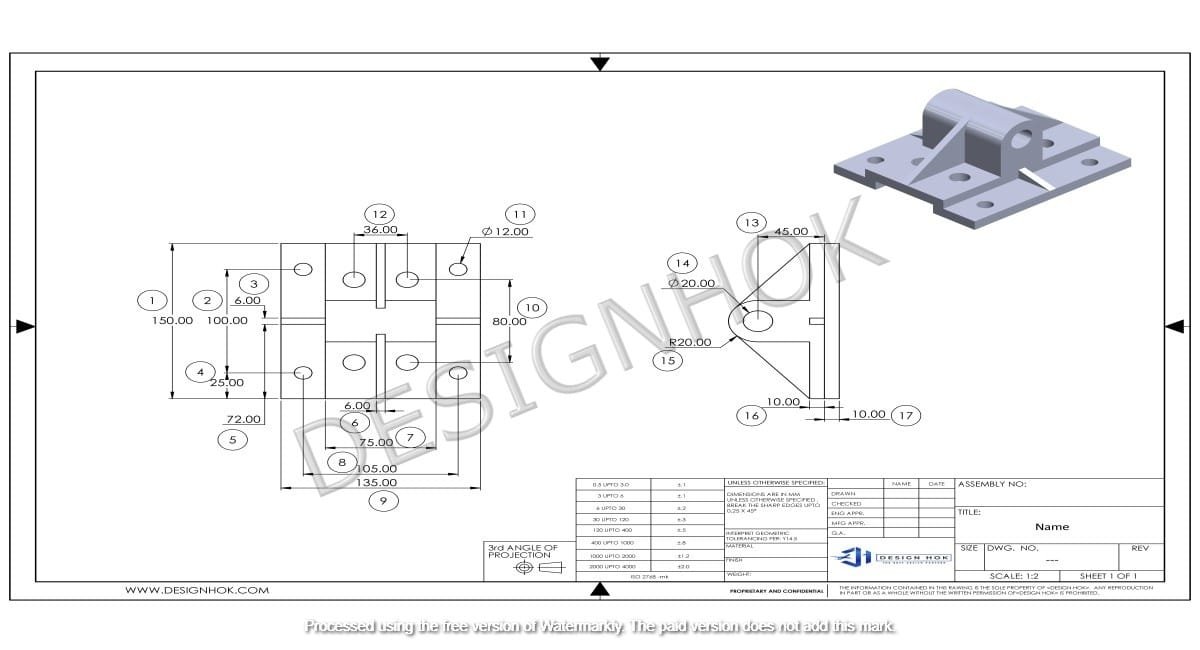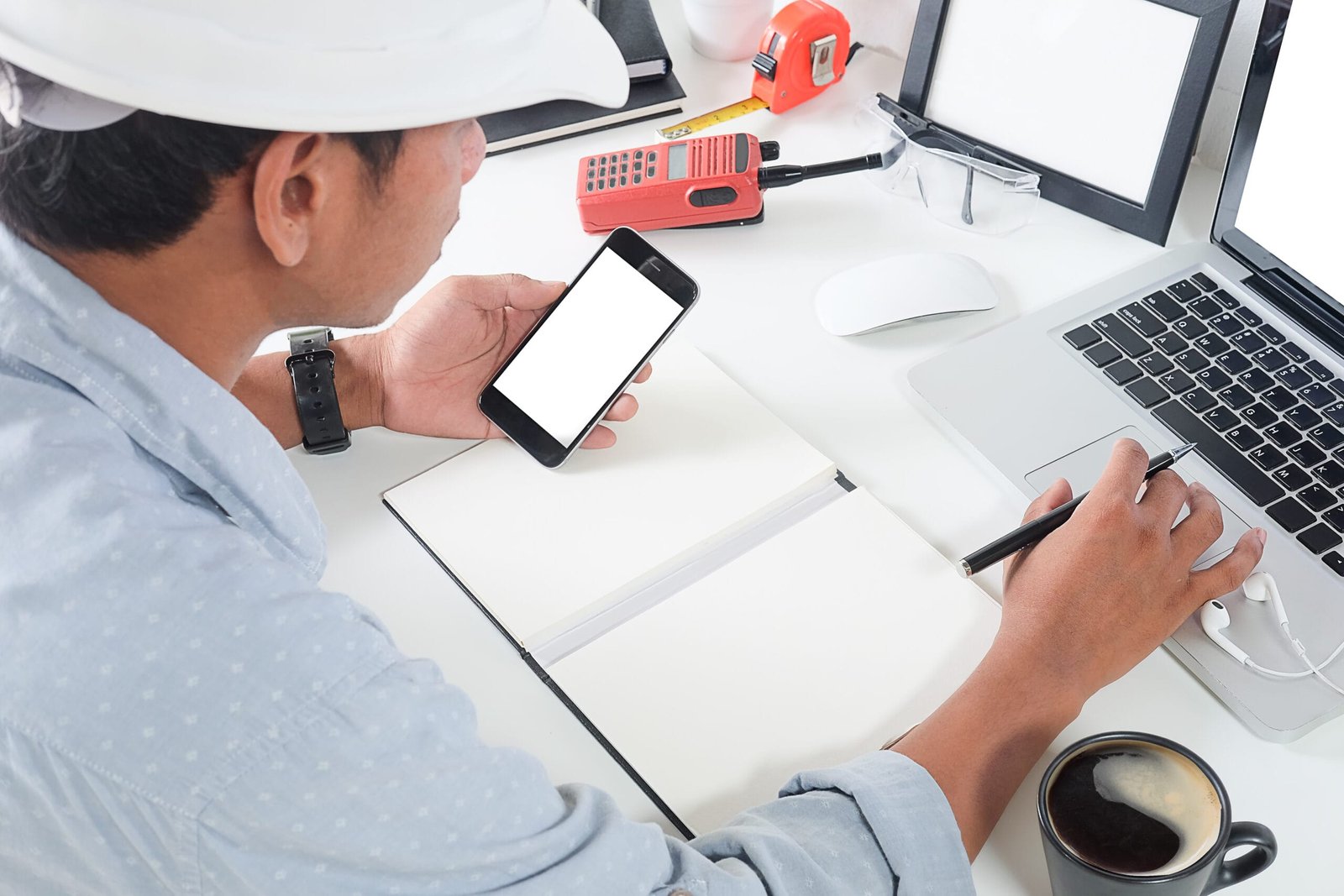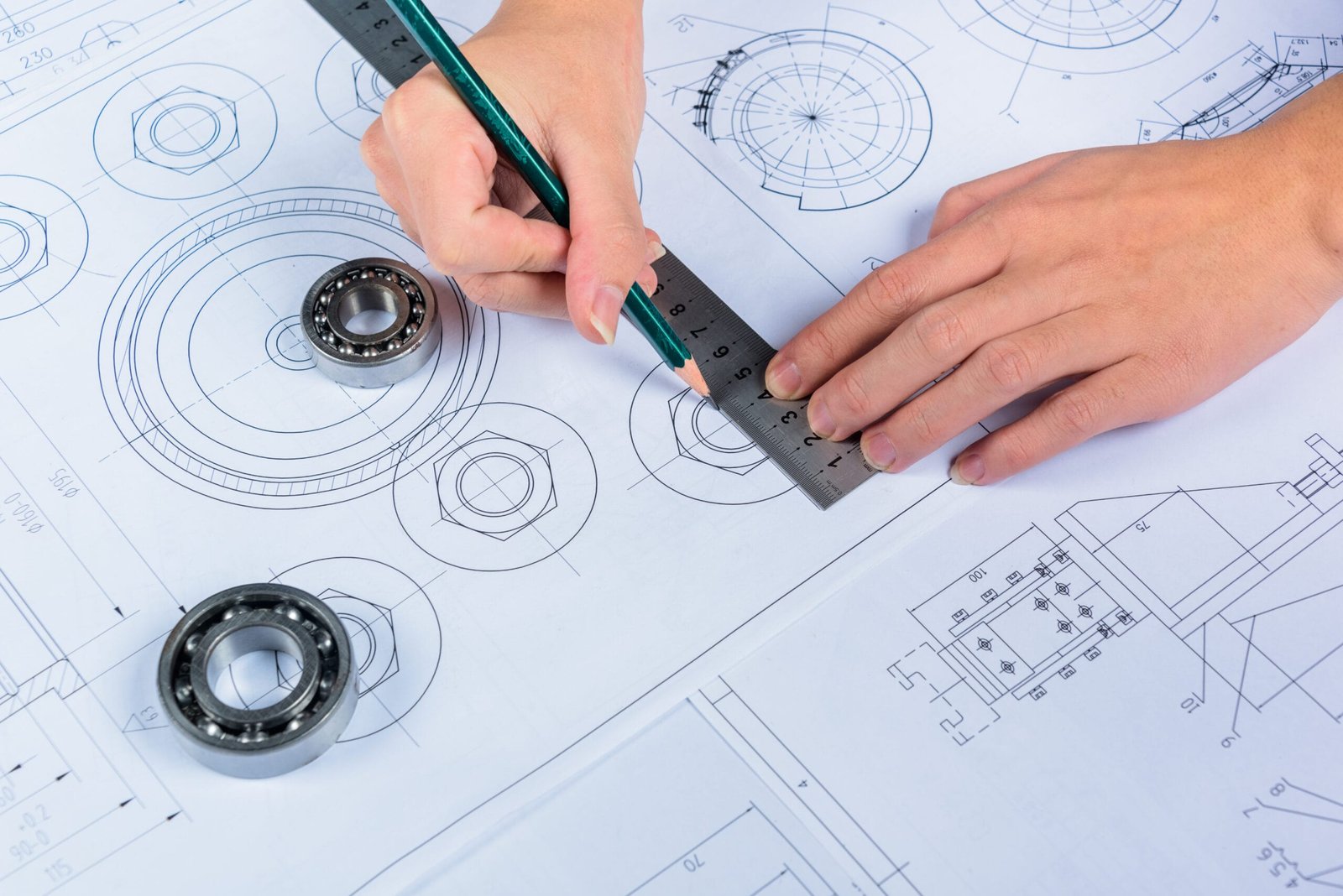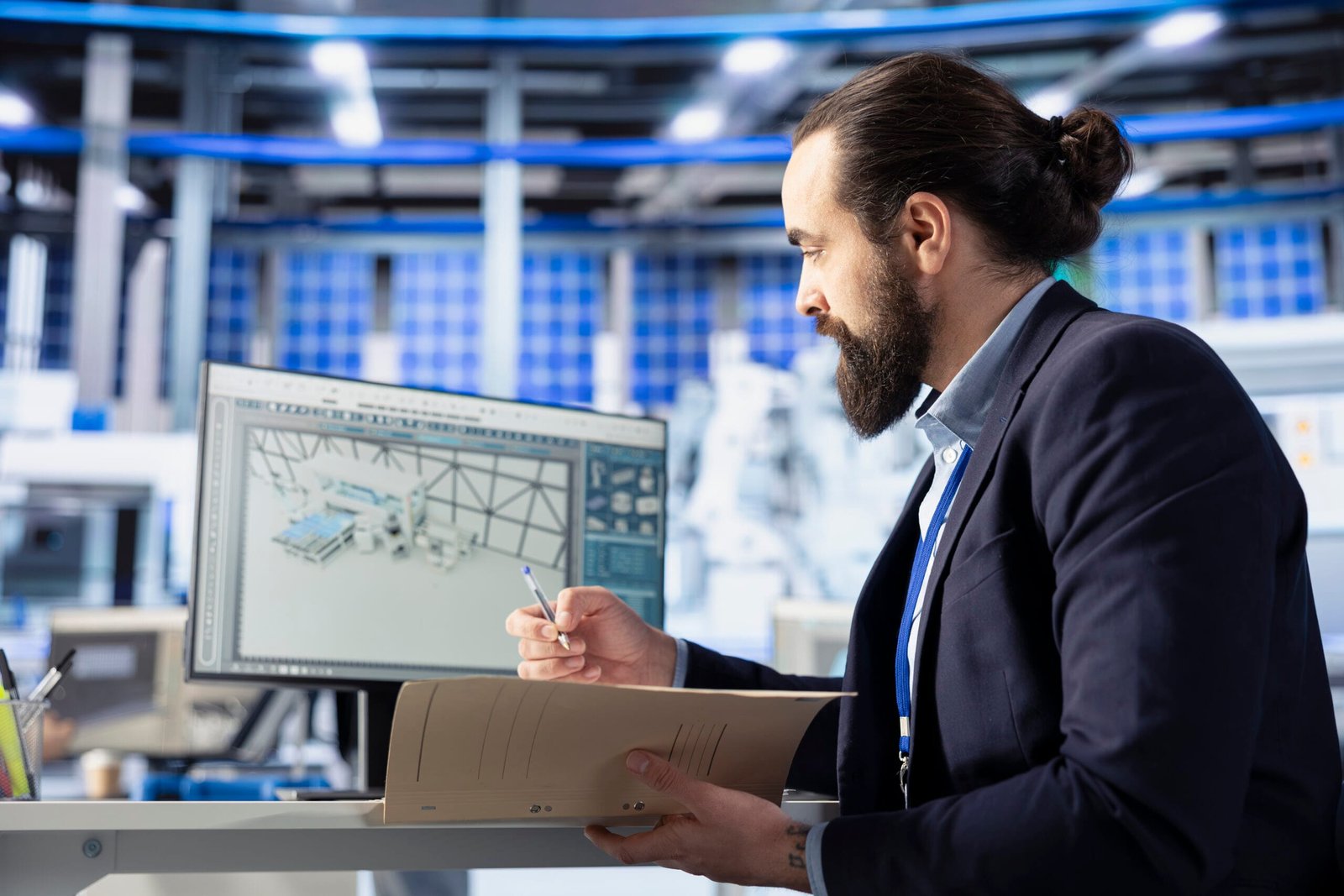Introduction
The world of 3D Modeling Design Trends for DesignHok is evolving rapidly, driven by technological advancements and increasing demand across industries such as architecture, engineering, product design, gaming, and animation. With new tools and techniques emerging, staying updated on the latest 3D Modeling Design Trends for DesignHok is crucial for businesses and professionals who want to remain competitive.
At DesignHok, we specialize in 3D Modeling Design Trends for DesignHok, 3D rendering, mechanical design, and 2D drafting. Our team keeps up with the latest trends to provide clients with innovative, efficient, and high-quality 3D design solutions. This blog explores the top 3D modeling trends that are shaping the industry in 2025 and beyond.
Top 3D Modeling Design Trends
1. AI-Powered 3D Modeling
Artificial Intelligence (AI) is transforming the 3D Modeling Design Trends for DesignHok by automating design processes, enhancing accuracy, and reducing the time required to create complex models. AI-powered tools can analyze large datasets, predict design improvements, and assist designers in generating detailed models with minimal effort.
How AI is Changing 3D Modeling:
- AI-driven software can automatically generate 3D objects from 2D images.
- Machine learning algorithms help in predicting material properties and optimizing designs.
- AI-powered rendering speeds up the visualization process, reducing manual work.
At DesignHok, we use AI-enhanced tools to create efficient, precise, and intelligent 3D models for various industries.
2. Real-Time 3D Modeling Design Trends for DesignHok
Real-time rendering is one of the most significant trends in 3D Modeling Design Trends for DesignHok. Instead of waiting for hours to see a final render, designers can now view instant, high-quality visualizations of their models. This is particularly useful in architecture, gaming, and product design.
Benefits of Real-Time Rendering:
- Faster design iterations – Changes are instantly visible.
- High-quality visualizations – Realistic lighting, textures, and reflections.
- Better client presentations – Interactive models help clients visualize designs in detail.
At DesignHok, we use advanced rendering engines like Unreal Engine, Lumion, and V-Ray to provide stunning real-time 3D visualizations.
3. Virtual Reality (VR) and Augmented Reality (AR) Integration
VR and AR are revolutionizing 3D Modeling Design Trends for DesignHok by providing immersive experiences. VR allows users to interact with 3D models in a virtual space, while AR overlays 3D models onto the real world. These technologies are widely used in architecture, product design, and gaming.
How VR & AR are Impacting 3D Modeling:
- Architects and designers can walk through virtual buildings before construction begins.
- Product designers can visualize prototypes in real-world settings using AR.
- Clients can experience interactive presentations rather than static images.
DesignHok incorporates VR and AR tools into our workflow to offer clients a next-level design experience.
4. Parametric Design and Generative Modeling
Parametric design is a trend that involves using algorithms and rules to create dynamic 3D models. Generative modeling takes this concept further by allowing AI to generate multiple design variations based on predefined parameters.
Why Parametric and Generative Design are Important:
- Helps create complex, organic structures that would be difficult to model manually.
- Optimizes designs for efficiency and performance.
- Reduces material waste and improves sustainability.
At DesignHok, we use parametric modeling techniques in architectural, mechanical, and industrial design to create highly optimized and functional models.
5. 3D Printing-Optimized Designs
3D printing technology is influencing the way 3D models are designed, leading to the rise of 3D printing-optimized modeling. Designers now create models with lightweight structures, optimized support systems, and material efficiency in mind.
Impact of 3D Printing on 3D Modeling:
- Designs are tailored for efficient and cost-effective production.
- Complex shapes and structures can be manufactured with minimal material waste.
- Faster prototyping reduces development time for new products.
DesignHok offers 3D modeling services for 3D printing, ensuring that our designs are ready for fabrication with high precision.
6. Sustainable and Eco-Friendly 3D Design
With a growing focus on sustainability, many industries are adopting eco-friendly 3D modeling practices. Sustainable design focuses on material efficiency, energy reduction, and minimal waste production.
Sustainability 3D Modeling Design Trends for DesignHok:
- Using recyclable and biodegradable materials for 3D printing.
- Optimizing structures to reduce material usage.
- Implementing energy-efficient rendering techniques.
DesignHok integrates sustainability principles into our design and rendering processes to create eco-friendly models that align with modern environmental goals.
7. Cloud-Based 3D Modeling Design Trends for DesignHok Software
Cloud computing has changed how 3D Modeling Design Trends for DesignHok software is accessed and used. Cloud-based tools enable designers to collaborate remotely, store large files securely, and access high-performance computing power without expensive hardware.
Advantages of Cloud-Based 3D Modeling:
- Easy collaboration – Teams can work on the same project from different locations.
- Scalability – No need for high-end computers; cloud servers handle processing.
- Secure storage – Cloud platforms offer safe and reliable data storage.
At DesignHok, we use cloud-based solutions like Autodesk Fusion 360, Onshape, and SketchUp to streamline our workflow and improve efficiency.
Conclusion
The field of 3D Modeling Design Trends for DesignHok is rapidly evolving, with new technologies shaping how designs are created, optimized, and visualized. At DesignHok, we stay at the forefront of these innovations by integrating AI-powered modeling, real-time rendering, VR/AR experiences, parametric design, and cloud-based tools into our workflow.
By adopting the latest 3D Modeling Design Trends for DesignHok, we ensure that our clients receive high-quality, efficient, and future-ready design solutions. Whether you need mechanical models, architectural visualizations, or 3D printing-ready designs, DesignHok is your trusted partner.
Frequently Asked Questions (FAQs)
1. What are the latest trends in 3D modeling?
The latest trends include AI-powered modeling, real-time rendering, VR/AR integration, generative design, 3D printing optimization, and cloud-based modeling software.
2. How does AI improve 3D modeling?
AI helps in automating design processes, predicting material properties, and optimizing model structures, making the design process faster and more efficient.
3. What is real-time 3D rendering?
Real-time rendering allows designers to see instant updates on their models, providing immediate visualization of changes and high-quality interactive previews.
4. How is VR and AR used in 3D modeling?
VR allows users to interact with 3D models in a virtual space, while AR overlays 3D models onto real-world environments, improving design review and presentations.
5. What is parametric design?
Parametric design uses rules and algorithms to generate dynamic models, allowing for greater flexibility and efficiency in design creation.
6. Why is sustainability important in 3D modeling?
Sustainable 3D modeling focuses on reducing material waste, optimizing energy use, and creating eco-friendly designs for a greener future.
7. How does cloud-based 3D modeling benefit designers?
Cloud-based modeling allows for remote collaboration, high-performance computing, and secure file storage, improving workflow efficiency.
8. What software does DesignHok use for 3D modeling?
We use Autodesk Fusion 360, Blender, SketchUp, Unreal Engine, and V-Ray for creating high-quality 3D models and renderings.





